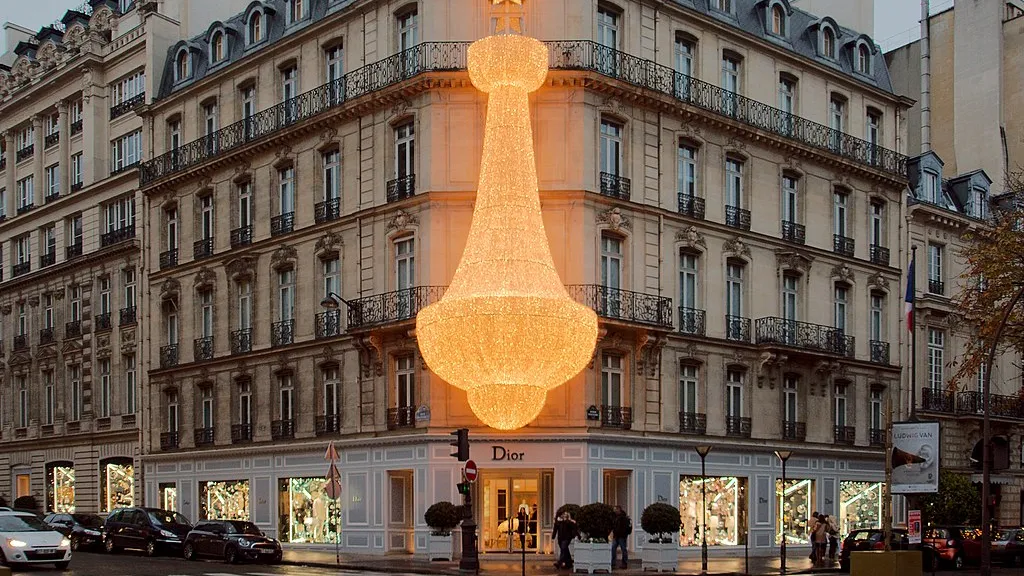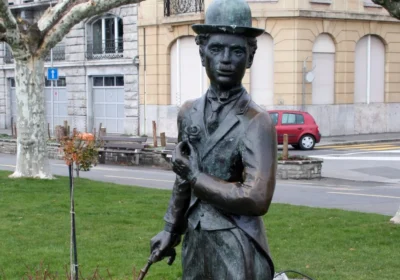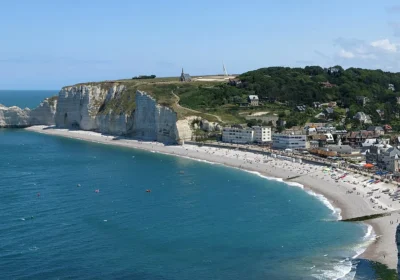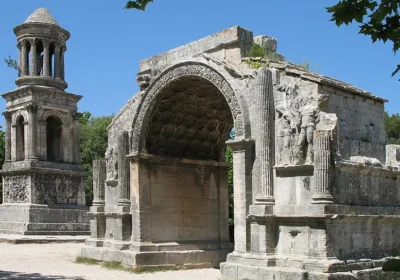Haute Couture is born in Paris at the court of Marie Antoinette. In a very characteristic but unexpected way – in the form of ideas, not clothes. At this time, the first Haute couture outfits (Haute Couture) appear, or rather their ideas, which are embodied at the court in accordance with the ideal…
The next stage is the post-revolutionary period, when a number of fundamental changes take place in ordinary fashion. Corsets and skeletons under dresses disappear, women’s clothes become transparent, ladies still do not wear underwear, breasts are opened much more than now, in the XXI century. Especially unexpected are the outfits of men, which to modern tastes might seem more than extravagant …
The next stage in the development of Haute Couture is the court of Napoleon Bonaparte. It is promoted by one of its legislators, Empress Josephine.
During the Restoration period Fashion also becomes conservative and therefore its next heyday is the second half of the XIX century, the brilliant epoch of Napoleon III. It was at this time that the first official Houses of Haute Couture were founded, which plays an increasingly important role in the cultural history of France, Europe and the world….
At the turn of the 20th century, its next qualitative change takes place. Now each couturier (couturiere – dressmaker from couture – sewing, stitching) follows his own principles on which the development of his firm is based.
The history of each of the individual High Fashion Houses is a real novel with its intrigues, heroes, failures, achievements …
Chanel (Chanel), Lacroix, Ungaro, Valentino and many others are the heroes of these novels, which will be the plot of your tour.
The names of Marlene Dietrich, Dantes, Lady Diana and many other celebrities are linked to this street….

















